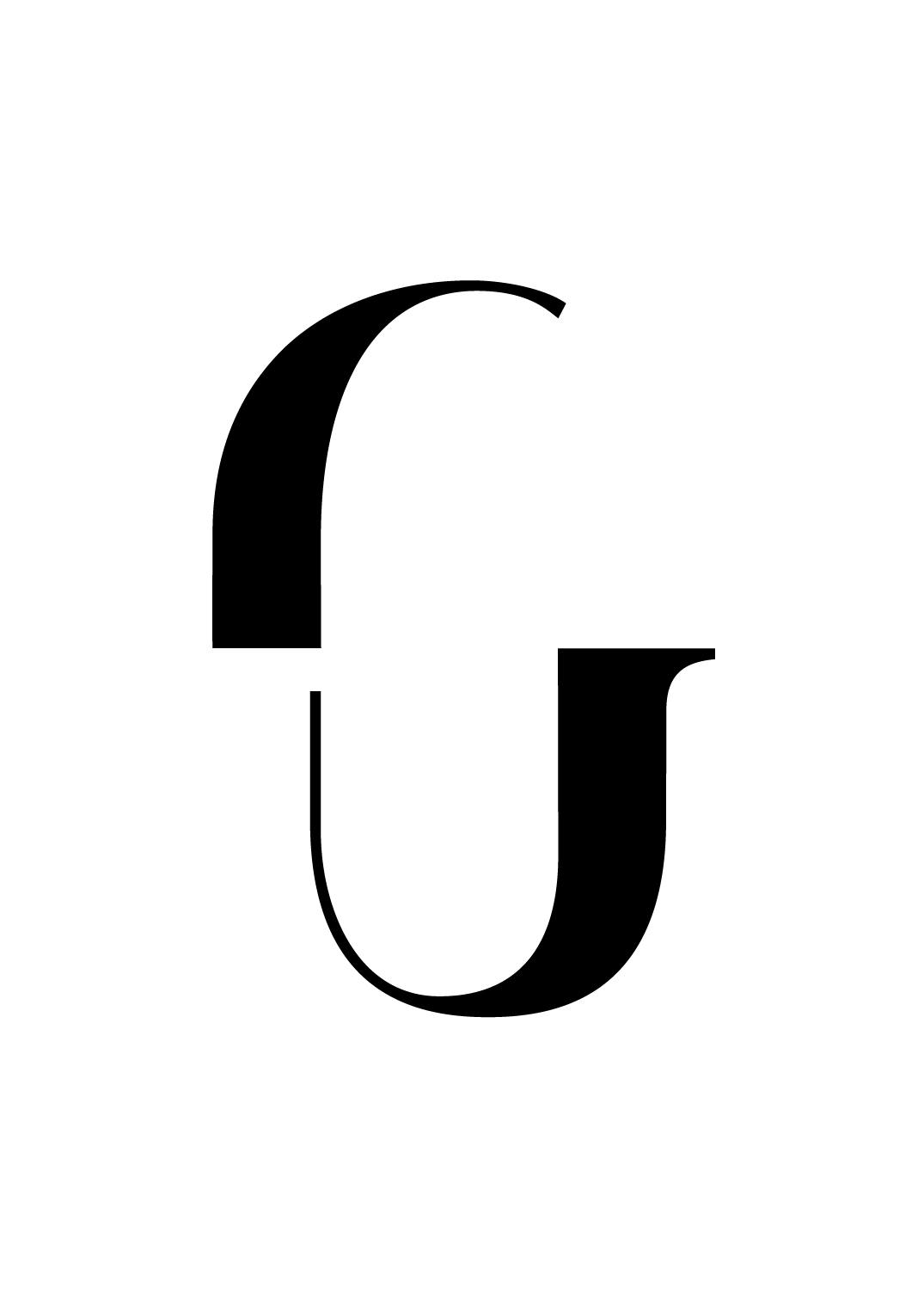Branding for the Uffizi Galleries
A white sheet of paper. It always begins this way, by asking yourself how and when, but there’s a question that’s more important, more pressing, more oppressive. It’s a fundamental one: you ask yourself ‘why’? It doesn’t matter whether it's an unusual job, a service, if it’s for a friend, or of extraordinary importance. It’s always about a new project: you have to bring something into being out of nothing. And you wonder ‘why’. Why produce a new identity for the Uffizi Galleries? Why?
The answers are many, so you gather your curiosity, you put your head downbeginning to collect knowledge. You interview those who work there every day, you ask trick questions to figure out what doesn’t work and where you can intervene. You engage all possible actors: of course you want to know what Director Schmidt thinks, but also the guardian has his say. There is the Digital Communications Department's staff, and there’s also the world of the Web who wants be heard. There’s Ermanno the doorman, and there is the taxi driver who brought you there and carries within himself his Florentine spirit. It's not easy to interpret numbers, words, Google Analytics data, feelings, sentiments. But you have to do it because when you will finally sketch something on that white sheet, what you’ll create, you will create for them - because you, the designer, are just a tool. Munari said it first: a good design is not the one meant to be exhibited in museums, but the one you find in the neighbourhood market – there you can find products that really affect reality! Ethical, formative, democratic, and above all, fair.
It's not easy to understand what it means to have three museum complexes interlocked in such a way: they are an extraordinary chests of thoughts, images, nature, memories, stories, but their contents are independent of each other. Why give them an identity? And then, how much should they be unified? Or should they be visually independent when communicated? How do you draw the line between the Uffizi and the Uffizi Galleries? And how can you foreseetheir development?
What should be carefully ruled and what should not? Codes, formats, colours, alignments? You know very well that communication design today means being responsive, resilient, iconic, synthetic, ipertent: they’re all things you must consider before picking up that white sheet of paper.
Then there’s time - but I’m not talking about the time that separates you from the deadline (and thank goodness for deadlines, because if they didn’t exist, your professional passion would never allow you to finish a job and projects would go on indefinitely). No, I’m talking about the time that lives inside Boboli Gardens, in the halls of Pitti Palace and along the Uffizi corridors. The time that’s forever preserved, the one you find in paintings, in the very pigments, the one carved into statues as deep as a burin’s mark, in the lights, in the shadows. The time of the people who linger for a moment, who look in the eyes of Botticelli's Venus, or meet Piero's cross-eyed stare. The time of someone who knows those masterpieces because they studied the books, or the time of those people who share the surprise and amazement of a giggling kid sprawled on the ground with a paper sheet in front of them. What I’m talking about is the time without time, the time of harmony, of the golden section, of lapis lazuli, of Lorena green. It’s a special kind of time you have to deal with, because what you’ll give birth to on that white sheet of paper will have to be just as timeless, or at least try and counteract the ephemeral we live in every day.
Now, perhaps, after you looked for the answers, that sheet of white paper will be a little less enigmatic, you’ll have less ‘whys’ in your head. You can share ideas, you can bring concepts to the table, you can find out what others already know – for starters, they can help you by suggesting how to reduce errors, and you can listen both to your inner voice and the voices that come from the outside. You can check what others have done before, and look for good practices to interpret. You can try, you can go over the evidence again, step by step refining your proposals. But you can’t forget the legal aspects, the deposits, the possible protections. Now you can finally propose something. You may have to start over again, because what you’re trying to create hasn’t come into being yet: as long as it’s not here, it’s as if didn’t exist at all. But now you know why you’re doing it, how it’s done, where it should be used, by whom and with what rules. You've tested it, and now it’s ready to make its debut. And starting from tomorrow, the Uffizi Galleries will have a new visual identity. It still needs to grow, become known, develop. But now it’s here!
And you did it: you Alessandro, you Elio, you Teresa, you Gianluca, you Paolo, you Silvia, you Daniele, you Barbara, you Gian Maria, ...
The new visual identity of the Uffizi Galleries! Who knows where this will lead.

